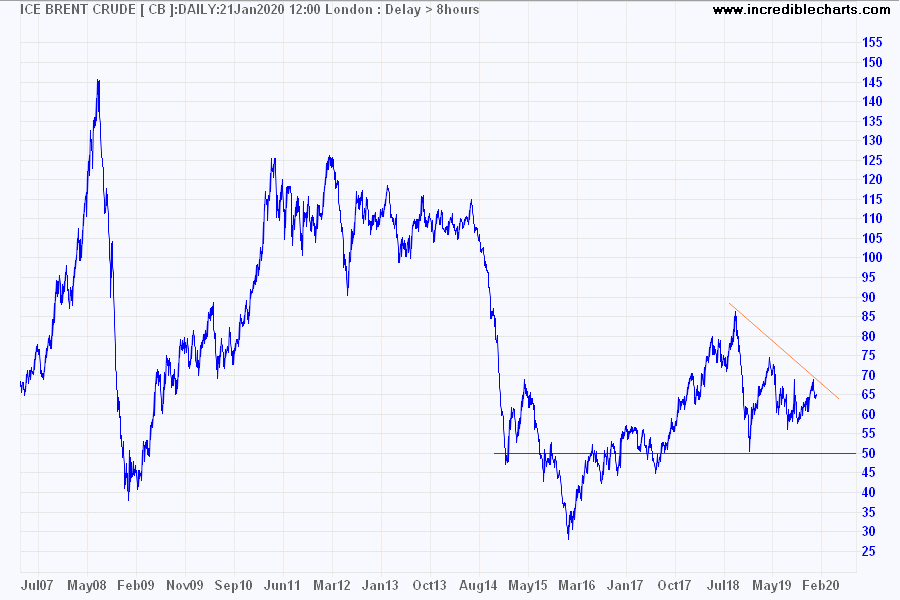Inflation tops investor concerns according to Fed report
Concerns over higher inflation and tighter monetary policy have become the top concern for market participants, pushing aside the COVID-19 pandemic, the Federal Reserve said on Monday in its latest report on financial stability. ….Roughly 70% of market participants surveyed by the Fed flagged inflation and tighter Fed policy as their top concern over the next 12 to 18 months, ahead of vaccine-resistant COVID-19 variants and a potential Chinese regulatory crackdown. (Investing.com)
The market is no longer buying the Fed’s talk of “transitory” inflation.
Fed’s Bullard expects two rate hikes in 2022
St. Louis Federal Reserve Bank President James Bullard on Monday said he expects the Fed to raise interest rates twice in 2022 after it wraps up its bond-buying taper mid-year, though he said if needed the Fed could speed up that timeline to end the taper in the first quarter. “If inflation is more persistent than we are saying right now, then I think we may have to take a little sooner action in order to keep inflation under control,” Bullard said in an interview on Fox Business Network……Bullard has been among the Fed’s biggest advocates for an earlier end to the Fed’s policy easing, given his worries that inflation may not moderate as quickly or as much as many of his colleagues think it will. (Reuters)
The Fed are reluctant to hike interest rates, to rein in inflationary pressures, as it would kill the recovery.
Producer Price Index
Producer prices (PPI) climbed more than 22% in the 12 months to October 2021, close to the high from 1974 (23.4%). Consumer prices have diverged from PPI in recent years but such a sharp rise in PPI still poses a threat to the economy.

Iron and steel prices, up more than 100% year-on-year (YoY), will inevitably lead to price increases for automobiles and consumer durables. Other notable YoY increases in key inputs are construction materials (+30.6%), industrial chemicals (+47.3%), aluminium (+40.7%), and copper (+34.5%).

Underlying many of the above price rises is a sharp increase in fuel, related products and power: up 55.7% over the past 12 months.

Conclusion
Inflation is coming, while the Fed are reluctant to hike interest rates. Buy Gold, precious metals, commodities, real estate, and stocks with pricing power — a strong competitive position which enables them to pass on price increases to their customers — if you can find them at reasonable prices. Avoid financial assets like bonds and bank term deposits.






















































































